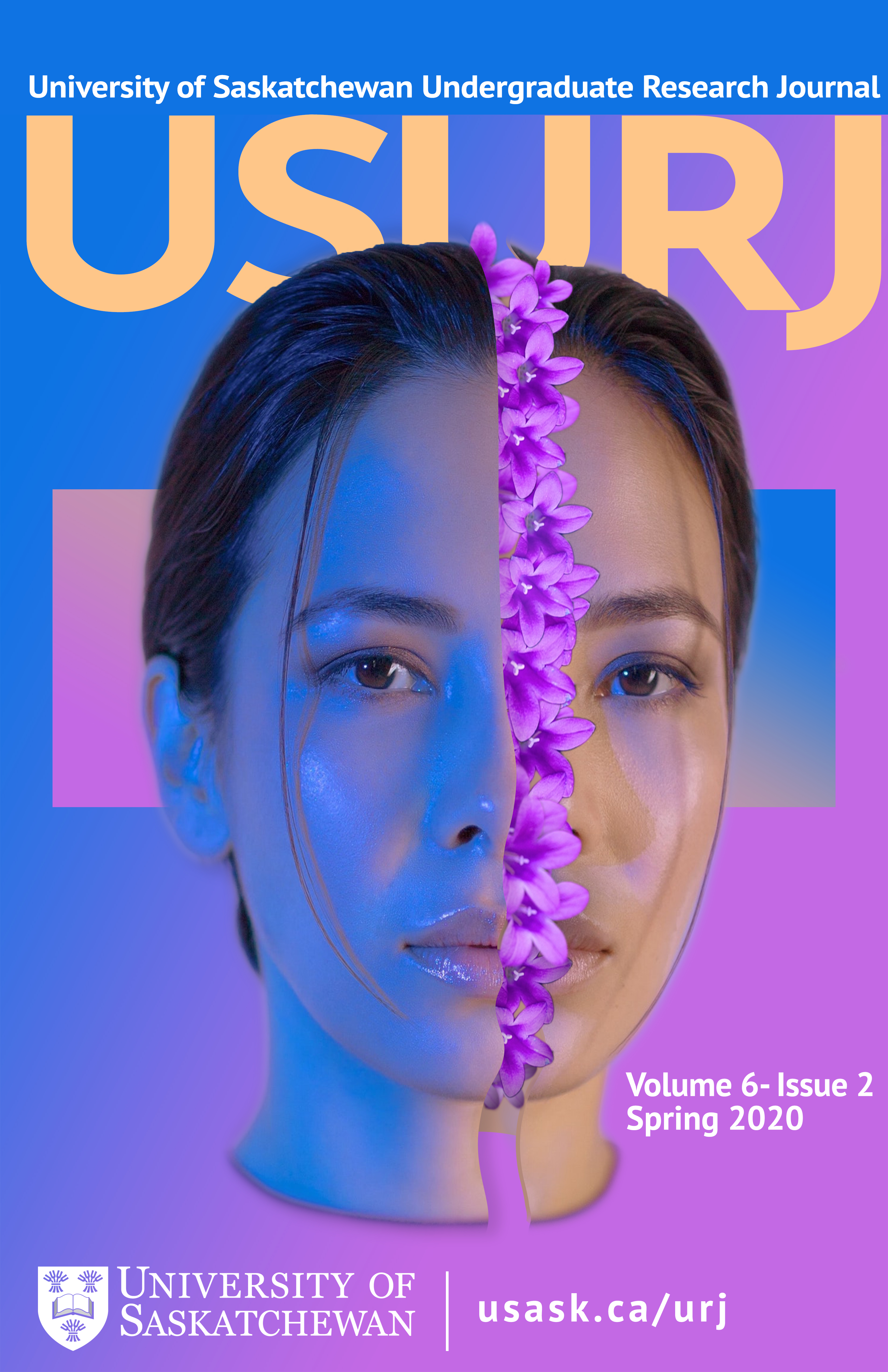Optogenetics: illuminating the role of PV interneuron dysfunction in the cognitive symptoms of schizophrenia
Main Article Content
Abstract
Our understanding of the neural substrates underlying the cognitive symptoms of schizophrenia remains limited, contributing to a lack of pharmaceuticals effective in treating these deficits. Cognitive impairment is the main source of disability in schizophrenia. Thus, research endeavours involving the identification of therapeutic targets can vastly improve the lives of affected individuals. Compared to previously employed techniques, optogenetics has accelerated such endeavours by allowing for manipulations of neuronal activity to occur with an unprecedented combination of cellular and temporal specificity. Research using this technique has united multiple, once tangentially-related, streams of evidence suggesting dysfunctional fast-spiking parvalbumin (PV) containing interneurons are a common substrate underlying the cognitive aberrations documented in schizophrenia. This review summarizes relevant optogenetic studies and identifies areas for future research, using this emerging technique.
Downloads
Article Details
Section
Articles: USURJ’s current Publication Agreements apply a Creative Commons Attribution-NonCommercial License (CC-BY-NC) by default. The CC BY-NC license lets others remix, tweak, and build upon work non-commercially. The author(s) can choose a different CC license, as outlined in https://creativecommons.org/about/cclicenses/. Please see the PDF for each article to determine what license is applied to that article. Author(s) can also request to reserve all copyright (All Rights Reserved). If there is no indication for articles published before September 2020, assume the author retains all rights beyond those necessary for publication by USURJ. All articles published after September 2020 will apply one of the aforementioned CC licenses. See the Publication Agreement under the Submission Preparation Checklist or Author Guidelines for more information. Artwork: All copyright for the original artwork remains with the artist unless they wish to apply a Creative Commons (CC) license to the artwork. Please see the PDF for each artwork to determine what license is applied to that artwork.
